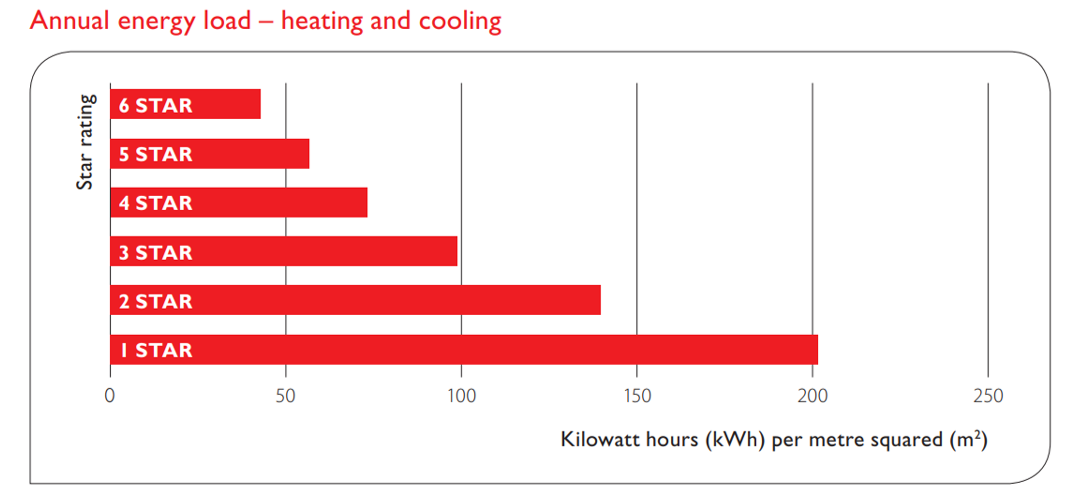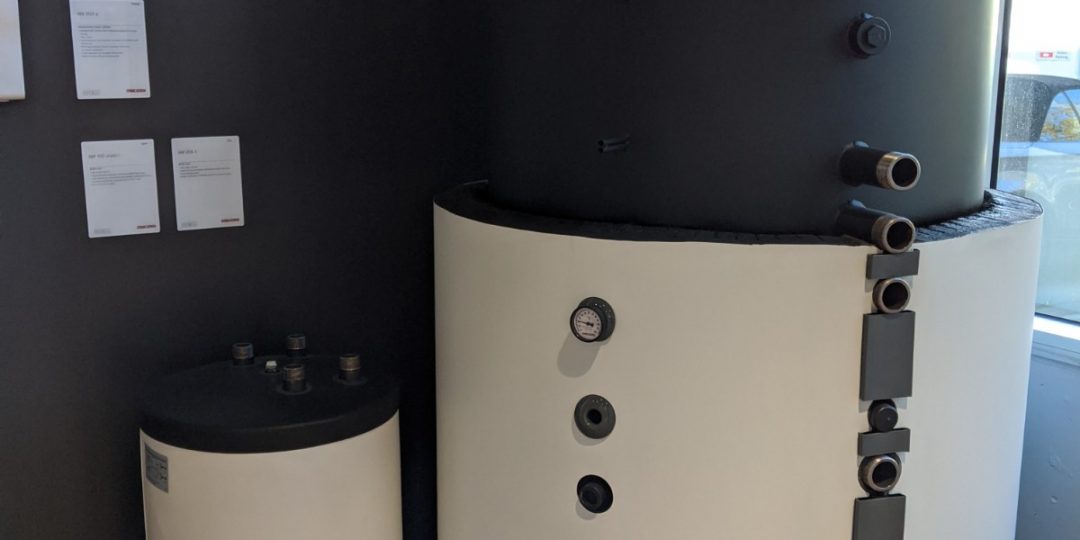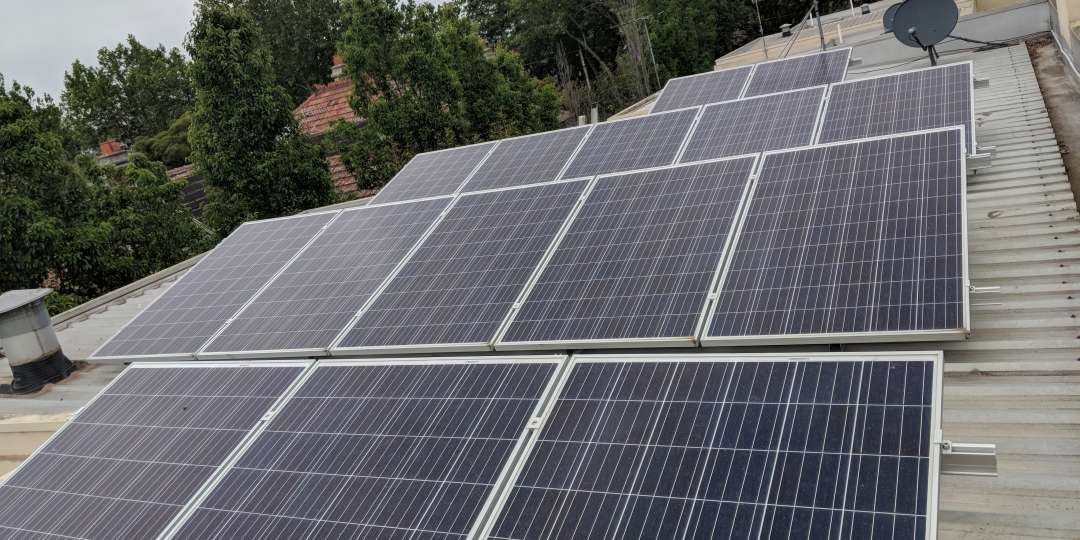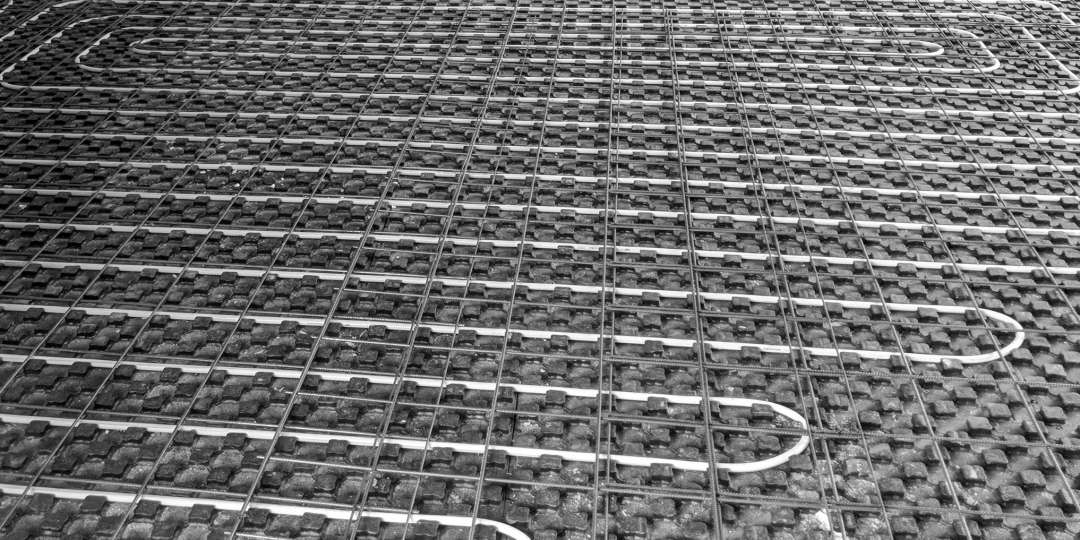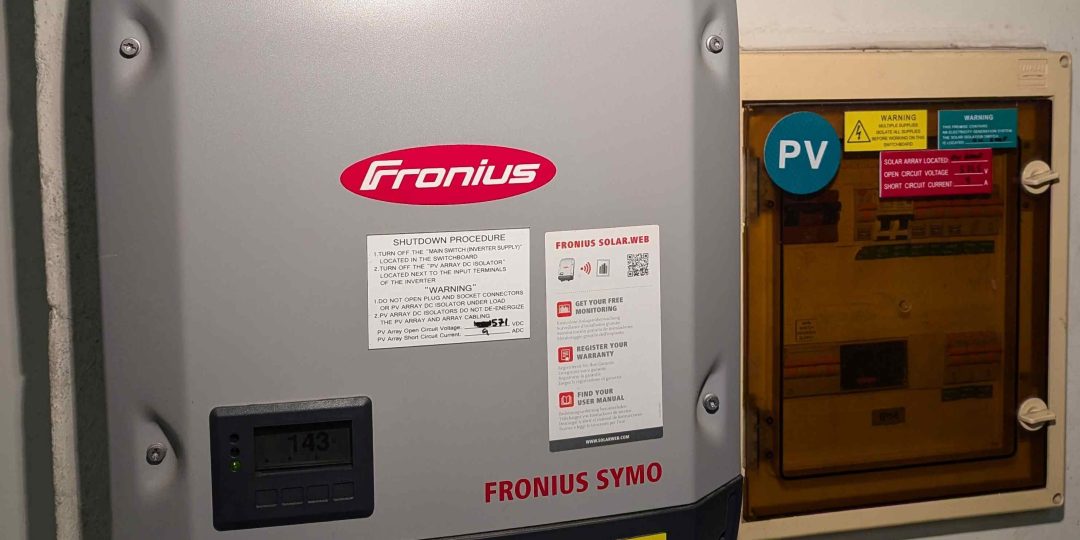
Power for your electric home
Consider power for your electric home at the design stage. Removing gas as an energy source will put more load onto your power supply. Therefore, your home must be energy efficient and have energy efficient appliances. Also, this is required by new 7-Star ‘Whole of Home’ building code, for renovations and new buildings.


